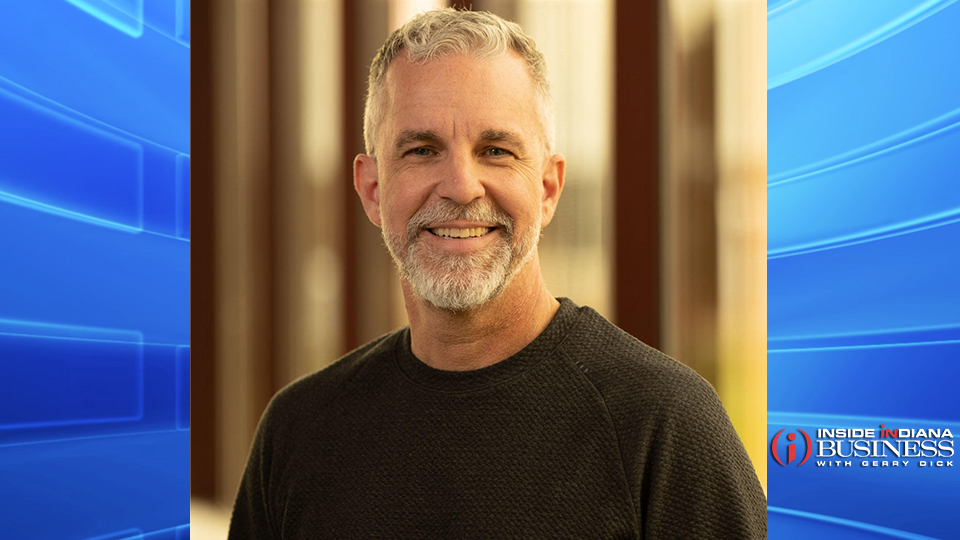Why I view satisfying clients as less than satisfying
Subscriber Benefit
As a subscriber you can listen to articles at work, in the car, or while you work out. Subscribe Now
“Just because I give the client a scorecard showing we are green on everything doesn’t mean they feel we’re green.” No matter how much business leaders like to believe it, consistent satisfaction doesn’t create lasting relationships.
If a friend said their mechanic provided satisfactory performance, I’m willing to bet you’d want someone else to look after your pride and joy. For that upcoming operation, would you be satisfied with a satisfactory surgeon? Would you return to a fine dining establishment that was simply satisfactory?
When other people see “satisfactory,” I think “bare minimum,” “just adequate,” “meets requirements,” and most chilling, “commodity.” In school, it was a 70 or a C-minus. Eighth place at the Grade 5 track meet. It’ll get the job done, but show a customer an even slightly better alternative, and they’ll switch with zero regret.
Early in our company’s history, we recognized customer satisfaction was critical, and we produced great numbers. Yet we struggled with client turnover. We wondered why a satisfied client would switch to a competitor? There’s no logic there.
That’s when we learned our job isn’t to tell clients what they want and can expect. If we want to turn satisfied customers into loyal lifelong friends, we needed to make them happy. And only they could tell us how to do that.
You see, client satisfaction isn’t enough. What really matters is whether you’re making a client happy. If you’re just doing as well as your competitors, you’ve become an interchangeable commodity. Imagine if when your client saw you, their face lit up in a genuine smile. How would you feel if they called you for business advice? When you develop that kind of relationship, you worry less about competitors trying to steal that client.
Moving from simply satisfying clients to making them happy involved more than a subtle shift in the way we did business. It marked the beginning of our growth into the industry leader we’ve become. It’s when we moved from being just another vendor to the role of trusted advisor and peer.
The more data we share, the more questions we ask. We tell the client we’re meeting our service-level agreements. Then we ask them how things feel for them. Maybe we discover despite the numbers, they’re frustrated with the number of escalations over the past several weeks. So we find out why that’s happening and see what we can do to address that.
We researched metrics to see if there was an easy way to assess client happiness. First call resolution is the standard for measuring performance in our industry, but we discovered a more effective way to monitor happiness is a measure called first level resolution. What percentage of the time do we resolve the issue the first time we touch the ticket? What can we do to reduce the number of escalations? Can our team develop knowledge in the subject areas leading to the most escalations? Fewer escalations means a happier client staff, which usually means a happy client.
We started taking pretty seriously what many competitors would brush off as simple gripes. For example, when a client complains about long hold times, we analyze the data. Long hold times are frustrating. So we developed metrics capturing the average longest on-hold time across an entire month. We looked for reasons behind the peaks and sought ways to mitigate them.
If a client says a customer told them one of our agents was rude, we’ll pull the recordings. If the customer was right, we’ll own up to and address it. Or we may pass a copy of the recording along to the client and say, “Could you please listen to the conversation, because we’re not hearing any rudeness?” We want to give the complainant the benefit of the doubt. Ultimately, our goal is fixing the situation so it never happens again.
You can develop relationships with happy clients. You get to know them so you can make their world better, and that makes them happier. That’s also why we bring members of the service delivery team to client meetings. When clients and the people who are acting on their behalf get to know each other, good things happen. And when a new CIO arrives and sees how happy their team is with ours, they’re less likely to change directions.
It can be tough to ask a client what we’d have to do to lose their trust, but if we don’t know exactly what that is, how can make sure we prevent it? Anyone can keep the client satisfied. We’d rather make the extra effort to keep the customer happy.
Jeff Medley is the CEO and founder of Netfor, https://www.netfor.com/
